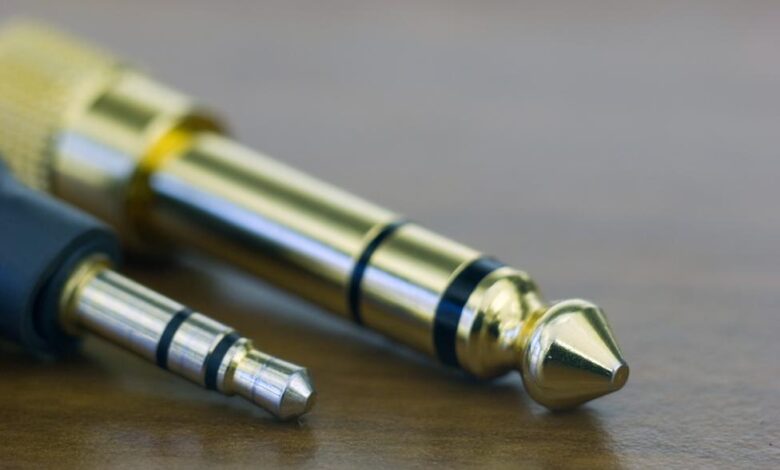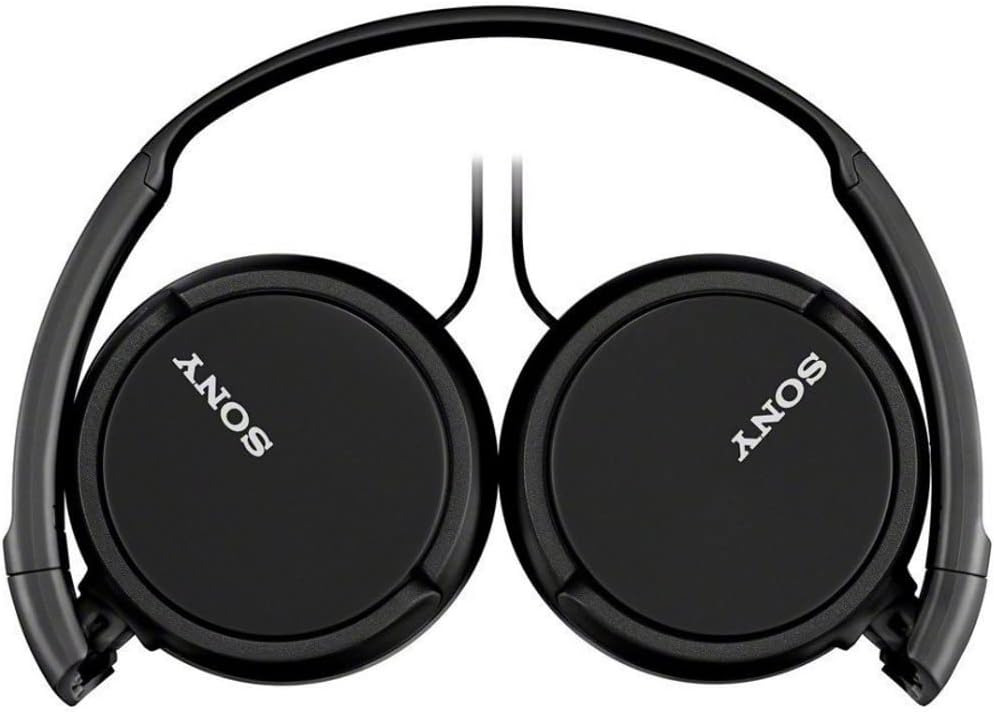Headset Radio Communication

Introduction to Headset Radio Communication
Table of Contents
Headset radio communication refers to a wireless or wired system that facilitates clear and continuous audio communication between individuals or teams. These systems are critical in various industries such as aviation, military, construction, and sports, where the ability to communicate hands-free is vital.
A typical headset communication system includes a headset integrated with a microphone and radio transmitter/receiver, allowing users to talk and listen simultaneously without physical interaction with the device.
In many professional environments, headset radios help streamline operations, prevent misunderstandings, and enhance overall efficiency. Unlike traditional communication devices, headsets offer a more ergonomic and user-friendly experience, ensuring that users remain focused on their tasks while staying connected. This is essential in high-risk or highly coordinated tasks like air traffic control, police operations, or industrial manufacturing lines.
The headset radio communication industry has seen significant advancements in recent years, with manufacturers focusing on improving features like noise cancellation, audio clarity, and wireless range. Furthermore, innovations in Bluetooth and digital signal processing technologies have expanded their application scope, making them indispensable in modern professional settings. Understanding the role and functionality of these devices is crucial for organizations seeking to enhance their internal communication systems and operational efficiency.
Importance of Headset Radio Communication
Headset radio communication is crucial for teams operating in dynamic and potentially hazardous environments. Effective communication is a cornerstone of teamwork, especially in industries where safety, precision, and time-sensitive coordination are paramount.
The use of headset radios enhances team efficiency, improves task accuracy, and ensures that workers are informed promptly, reducing the chances of errors or accidents.

Improved Team Coordination
Headset radio communication enables better coordination among team members. In industries like aviation or events management, seamless communication is critical for safety and successful operations. A clear channel of communication allows all team members to receive real-time updates, leading to quicker and more efficient decision-making. This is particularly essential in time-sensitive situations, where every second counts, and a miscommunication could lead to serious consequences.
The ability to communicate hands-free also means that employees can focus on their tasks while staying in constant contact with their team.
This is especially beneficial in high-pressure situations, where multitasking is required, such as guiding planes during bad weather or providing instructions during a large event. Such improved coordination not only increases efficiency but also boosts the confidence of the entire team.
Increased Safety
Safety is another critical factor that is enhanced by effective radio communication through headsets. For example, in industries like construction or mining, workers are often required to operate heavy machinery, and visual signals alone may not be sufficient to communicate effectively. A headset enables constant verbal updates, allowing the team to monitor activities and react quickly to potential hazards.
In emergency response scenarios, like in military or law enforcement, having a reliable headset radio system can be the difference between life and death.
The ability to communicate in real-time allows teams to quickly share critical information, coordinate their actions, and ensure that all members are aware of the ongoing situation. This level of situational awareness is paramount for maintaining safety and successfully executing missions.
Types of Headset Radio Communication Systems
There are two main types of headset radio communication systems: wired and wireless. Each has its advantages and applications, depending on the specific needs of the users and the environment in which the system will be used.
Wired Headset Radio Communication Systems
Wired headset systems are known for their reliability and stable connections. They operate through a physical connection, ensuring consistent communication without the risk of wireless signal interruptions. These systems are commonly used in control rooms, call centers, and other settings where mobility is not a key requirement but uninterrupted communication is crucial. One major benefit of wired systems is their immunity to wireless interference and the absence of battery dependency, making them ideal for extended operations.
However, the limitation of wired headsets is that users are tethered to their devices, which can be restrictive in dynamic work environments. Despite this, wired systems remain popular in scenarios that prioritize stable, clear, and secure communication channels over mobility.

Wireless Headset Radio Communication Systems
Wireless headset systems offer greater flexibility and mobility, allowing users to communicate without being physically attached to their devices. These systems use various technologies like Bluetooth, DECT (Digital Enhanced Cordless Telecommunications), or RF (Radio Frequency) to transmit audio signals. The primary advantage of wireless systems is the freedom of movement they provide, which is essential in industries like aviation, sports coaching, or law enforcement, where workers need to move freely while staying connected.
The main challenge with wireless headsets, however, is potential signal interference and range limitations. Depending on the technology used, some wireless headsets may have a shorter range or be susceptible to interference from other wireless devices. Yet, advancements in digital and frequency-hopping technologies have significantly mitigated these issues, making wireless headsets more reliable than ever before.
Key Features to Consider in Headset Radio Communication
When selecting a headset radio communication system, several features should be considered to ensure optimal performance and usability. These include audio clarity, durability, battery life, and range, all of which are critical for effective communication.
Audio Clarity and Noise Cancellation
Clear audio quality is a must-have feature for any headset radio communication system. Poor sound quality can lead to misunderstandings, inefficiencies, or even accidents in high-stakes environments. Headsets with built-in noise-canceling microphones help filter out background noise, allowing for clear communication even in noisy settings like construction sites or busy control rooms. Advanced noise cancellation technology also ensures that the user can hear critical instructions without distortion or interference.
Durability and Comfort
Headsets used in professional environments need to withstand rough handling and prolonged use. Durability is a key factor, particularly for headsets used in industries like construction or law enforcement, where the equipment may be exposed to harsh conditions. Comfortable headsets are equally important, especially for jobs requiring long hours of use. Ergonomically designed headsets reduce fatigue and discomfort, helping workers maintain focus and productivity.
Battery Life and Connectivity Range
For wireless systems, battery life and connectivity range are vital considerations. A headset with a long-lasting battery ensures uninterrupted communication throughout the workday, while an extensive connectivity range allows for greater mobility. Choosing a system that aligns with the operational needs and the size of the working environment is essential for seamless communication.
Applications of Headset Radio Communication
Headset radio communication systems have wide-ranging applications across various sectors. These systems have become indispensable tools in aviation, military, and industrial settings, where they significantly contribute to efficiency and safety.
Aviation and Aerospace
In aviation, reliable headset communication is essential for air traffic controllers, pilots, and ground crews. Clear communication ensures that instructions are accurately transmitted and received, preventing accidents and improving overall flight safety. High-quality headsets with noise cancellation are particularly important in aviation, where background noise can be a significant issue. The aerospace industry also relies on these communication systems during testing and maintenance operations, where precise and real-time communication is crucial.

Military and Law Enforcement
The military and law enforcement sectors depend heavily on headset radio communication systems to ensure effective mission execution. Tactical operations require coordinated actions and quick responses to evolving situations, and headsets enable real-time, secure communication between team members. Headsets used in these sectors are often equipped with noise-canceling microphones, encryption features, and durability to withstand harsh conditions.
Industrial and Construction Sectors
In industrial and construction environments, workers often face noisy conditions and potential hazards. Headset radio communication systems allow supervisors to relay instructions quickly and monitor the team’s progress, ensuring that everyone remains aware of ongoing activities. Clear communication reduces the risk of accidents and improves overall efficiency.
Challenges in Headset Radio Communication
Despite their numerous benefits, headset radio communication systems are not without challenges. Issues like interference, range limitations, and costs can impact their effectiveness in various settings.
Interference and Signal Range Limitations
Wireless communication systems are prone to signal interference from other devices, leading to disruptions or poor audio quality. Additionally, the range of wireless headsets can be limited by obstacles or the physical layout of a workplace. Advances in frequency-hopping and digital technologies have addressed many of these issues, but they can still be a concern in complex environments.
Cost and Maintenance
High-quality headset radio systems can be expensive, particularly those with advanced features like noise cancellation and long-range connectivity. Furthermore, regular maintenance is required to ensure the longevity of the equipment, especially in harsh environments. Balancing the cost and performance needs of a headset system is crucial for businesses and organizations.
Step 3: Q&A Section
Q1: What is the main advantage of using a wireless headset radio communication system?
A wireless system offers greater mobility and flexibility, allowing users to communicate without being physically tethered to their devices. This is particularly beneficial in dynamic environments where freedom of movement is essential, such as in aviation, law enforcement, or sports coaching.
Q2: How does noise cancellation improve headset radio communication?
Noise cancellation technology helps filter out background noise, ensuring that the transmitted and received audio is clear and free from distortions. This feature is especially important in noisy environments like construction sites or airports, where clear communication is critical for safety and efficiency.
Q3: What should I consider when choosing a headset radio communication system?
Key considerations include audio clarity, durability, battery life (for wireless systems), and the range of connectivity. It’s essential to choose a system that aligns with your operational needs, environment, and budget.
Conclusion
Headset radio communication systems play a vital role in ensuring smooth, efficient, and safe operations across a wide range of industries. From aviation to military and construction, these systems enable real-time communication that enhances coordination, improves safety, and increases overall productivity. By understanding the different types of headset systems, their features, and their applications, organizations can make informed choices to meet their specific communication needs. As technology continues to advance, headset radio communication systems will become even more integral to modern work environments, providing greater reliability, efficiency, and safety for users.




